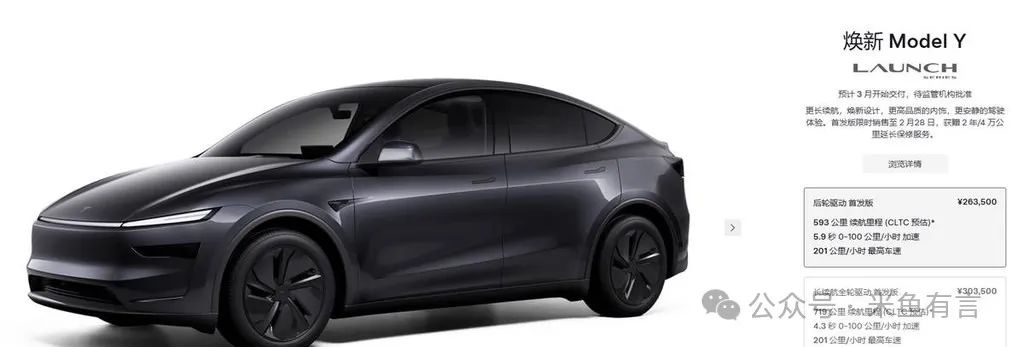Subscribe to us for more updates
Tesla, known for its revolutionary approach to electric vehicles, has officially launched its redesigned Model Y. The new version brings several aesthetic changes that have already caught public attention, igniting heated discussions about whether these alterations represent a significant upgrade or a regrettable downgrade.
Aesthetic Changes and Public Response
The updated Model Y showcases a series of stylistic adjustments that differentiate it from its predecessor. However, as the unveiling unfolded, a wave of reactions poured across social media platforms, with many users expressing disappointment over the new direction taken by Tesla’s design team.

Critics argue that the revamped Model Y appears more akin to a less sophisticated, almost cartoonish iteration of its previous self. Humorous comparisons have even surfaced, with some suggesting the new design is reminiscent of a “bad mouse,” a term coined online which gained traction as people humorously dissected the vehicle’s aesthetics.
Technical Specifications and Features
Beyond aesthetics, the new Model Y has incorporated significant technical advancements that aim to enhance the driving experience. Tesla continues to leverage its expertise in battery technology and software, claiming improved ranges and updated features. These include enhanced autopilot capabilities and new interior features aimed at providing better comfort and usability for passengers.
Comparative Outlook
While proponents of the redesign argue that the changes are in line with evolving automotive trends, many Tesla fans firmly believe that the earlier design was far superior. The debate highlights a wider discourse on automobile design trends in the electric vehicle sector, where practicality and appearance constantly vie for attention.

As the electric vehicle market becomes increasingly crowded, manufacturers are compelled to differentiate their products amidst intensely competitive landscapes. Tesla’s redesign of the Model Y exemplifies the delicate balance between achieving a recognizable brand identity while innovating to meet customer expectations.
Future Implications
The reception of the new Model Y may set critical precedents for future designs within Tesla and other automakers. The balance of aesthetics and functionality is an ongoing dialogue that plays a significant role in shaping consumer perceptions, sales, and the broader narrative of electric vehicles.
Conclusion
Tesla’s launch of the revamped Model Y may have sparked controversy, but it also reignites discussions about design innovation in the electric vehicle sector. Whether the new aesthetic will resonate with customers or deter them remains to be seen as they weigh the importance of looks versus functionality in their automotive choices.




